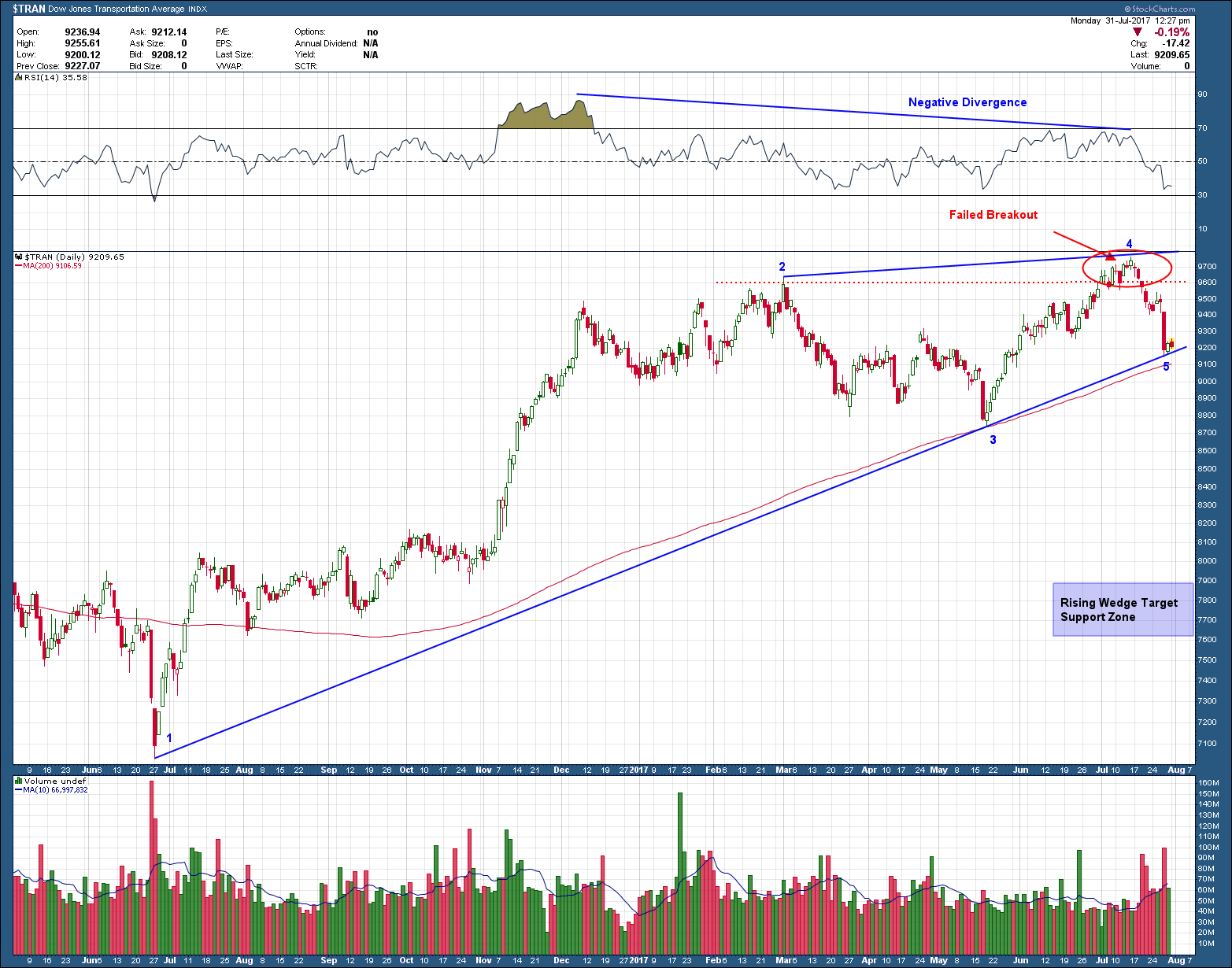“Signs of enhanced momentum in the global economy have recently emerged. Global GDP growth has picked up to an annualized rate of over 3¼ percent since the middle of 2016, with a rebound in industrial production, global trade and investment.” – OECD Global Economic Outlook (June 7)
With more than 90% of the companies in the SP500 having reported results for Q2 here are the results:
Earnings - Q2 the blended earnings growth rate for the S&P 500 was 10.2%. For companies that generate more than 50% of sales inside the U.S., the blended earnings growth rate is 8.5%. For companies that generate less than 50% of sales inside the U.S., the blended earnings growth rate is 14.0%.
Revenue - The blended sales growth rate for the S&P 500 2017 is 5.1%. For companies that generate more than 50% of sales inside the U.S., the blended sales growth rate is 4.7%. For companies that generate less than 50% of sales inside the U.S., the blended sales growth rate is 6.0%.
What drove the out-performance of S&P 500 companies with higher global revenue exposure? At the sector level, the Information Technology and Energy sectors were the largest contributors to earnings and revenue growth in Q2 for companies with less than 50% of sales inside the U.S.





